PROFILE OF LINCOLN COUNTY PROFILE OF LINCOLN COUNTY
PART 1 JOB PROFILE DEPARTMENT OPERATIONSROLE PROFILE ROLE CREDIT RISK ANALYST BUSINESS
!DOCTYPE HTML HTML LANGENUS HEAD META CHARSETUTF8 LINK RELPROFILE
11MOD PROFILEN STEFAN WINBERG NAVN STEFAN WINBERG YRKE
12 SCHOOL SUBJECT PROFILE FOR YEAR
1T%26I%20Profile-English%281%29
The Agricultural Economy and Rural Development
Profile of Lincoln County
Profile of Lincoln County
History
In T
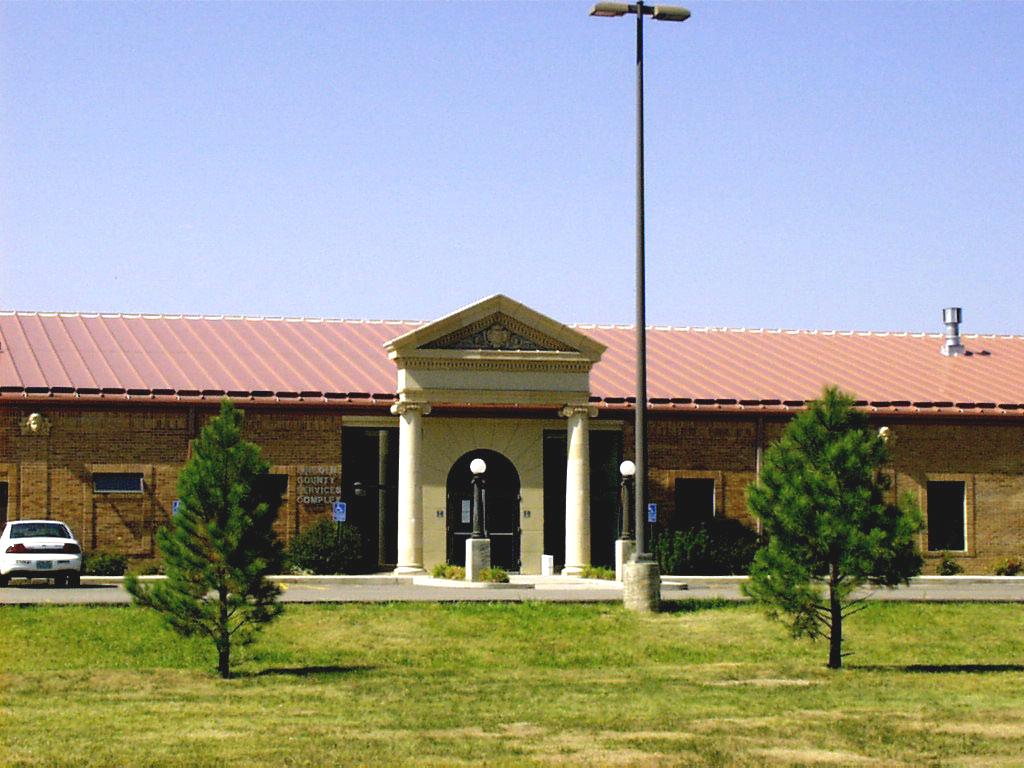 he
History of Lincoln County, Colorado, Laura Solze Claggett wrote:
he
History of Lincoln County, Colorado, Laura Solze Claggett wrote:
“Before this was known as Lincoln County by the white man the Indians (Cheyenne, Arapahoe and others) roamed the prairie that would eventually become home to many.
The tracks of the Kansas Pacific Railroad first reached this area on May 13, 1870. It was to be an important link between Kansas City and the Denver Pacific Railroad. The line would also continue to Wyoming where the tracks would join the Transcontinental Railroad.
The towns that began "popping" up along the route of the "Iron Horse" included Hugo, Genoa, Arriba, Limon and Boyero.
When the State of Colorado was first formed, present-day Lincoln County was incorporated into Elbert County.
With the passage of Senate Bill 106 of the 7th General Assembly of the State of Colorado on April 1 1889, Lincoln County was forced out of parts of Elbert and Bent Counties. Also formed by the same bill were Cheyenne, Kit Carson, Kiowa and Prowers Counties. All were allowed approximately the same number of square miles for a tax base. Lincoln was given 2,593 square miles in the shape of a reverse "L".
In the election of 1889 a total of 228 votes were cast to determine Hugo as the new county seat.”
During the early years of the 20th Century, each of the towns in Lincoln thrived. Each had schools serving kindergarten through 12th grade. Businesses catered to residents and the surrounding farmers and ranchers. By 1930, the County’s population reached 7,850 people.
The decades to follow marked a steady decline not only in population, but in the local economies as well. Just like many other communities in Eastern Colorado, advancements in transportation made it easier to travel farther for goods and services. The growth of the Denver and Colorado Springs metropolitan areas began to tug on local economies and labor forces. When Interstate 70 was constructed travelers no longer passed through the towns. Eventually, Arriba and Genoa each lost their schools. Businesses closed and many residents moved away. According to the U.S. Census Bureau, the County’s population declined each decade from 1950 to 1990. Nevertheless, each of the incorporated communities has survived.
The Setting
Lincoln County is located in east central Colorado upon the western edge of the nation's Great Plains. The County contains 2,586 square miles or approximately 1,655,000 acres. Shaped like a reverse letter "L", the County is 71 miles from north to south, 30 miles east to west across the narrow portion of the "L" and 48 miles from east to west in the wider portion of the "L".
As the crow flies, Hugo, the county seat, lies approximately 90 miles from the center of the Denver metropolitan area and nearly 80 miles from downtown Colorado Springs. The Kansas state line is approximately 60 miles to the east. Neighboring counties include Washington County to the north, Kit Carson and Cheyenne Counties to the east, Kiowa and Crowley Counties to the south and El Paso and Elbert Counties to the west.
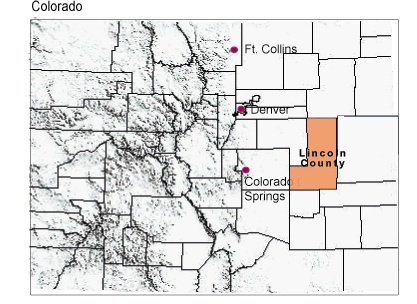
The major population settlements are in the incorporated towns of Arriba, Genoa, Hugo and Limon; as well as the unincorporated community of Karval.
Major transportation routes include Interstate 70/U.S. 24 which crosses the county east to west and U.S. Highway 40/287 which extends from Limon southeasterly along the Big Sandy through Hugo and then into Cheyenne County. State Highway 71 (North/South) and State Highway 94 (East/West) are other important secondary transportation corridors.
L
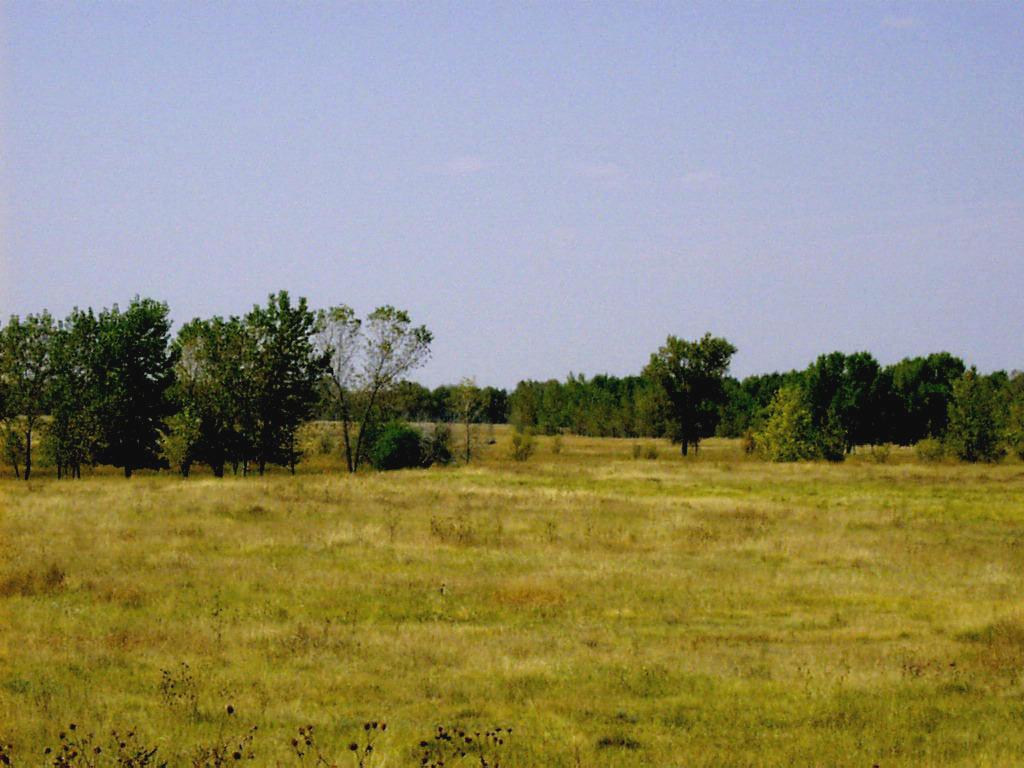 and
Forms and Climate
and
Forms and Climate
T
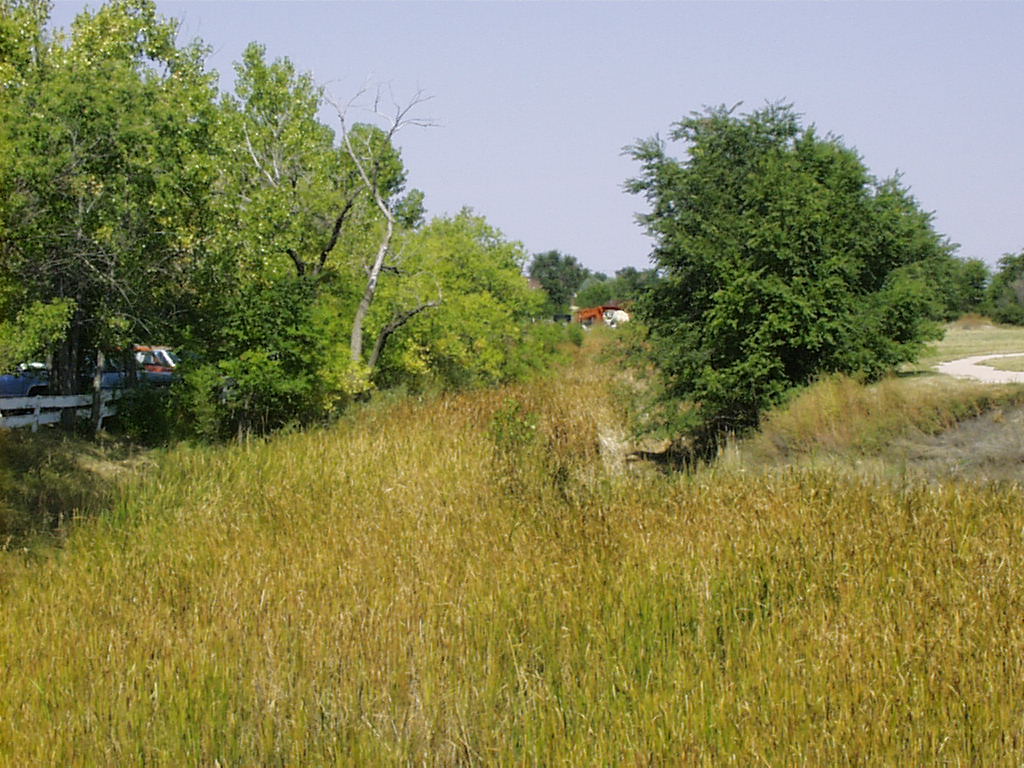 he
2,586 square miles is mostly gently rolling prairie, with several
streams and creeks forming small valleys. Many of these streams are
intermittent with water running only during the times of highest rain
and snowfall. The most notable creek is the Big Sandy Creek that
originates in El Paso County to the southwest. The Big Sandy flows
southeasterly, through Limon and Hugo, into Cheyenne County, and
eventually into the Arkansas River. Elevations range from
approximately 5,900 feet along the western edge of the county to
approximately 4,600 feet on the southeastern corner.
he
2,586 square miles is mostly gently rolling prairie, with several
streams and creeks forming small valleys. Many of these streams are
intermittent with water running only during the times of highest rain
and snowfall. The most notable creek is the Big Sandy Creek that
originates in El Paso County to the southwest. The Big Sandy flows
southeasterly, through Limon and Hugo, into Cheyenne County, and
eventually into the Arkansas River. Elevations range from
approximately 5,900 feet along the western edge of the county to
approximately 4,600 feet on the southeastern corner.
Grasses dominate the natural vegetation, with some wooded areas along the major drainage courses, ponds and reservoirs. The mean annual precipitation is approximately 12 inches.
The People
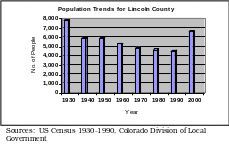
The population of Lincoln County peaked in the 1930’s when its residents numbered 7,850. By 1940 however, the number had dropped to 5,882 and steadily decreased for several decades. In 1990, the population had declined to 4,529 people.
The decade of the 1990’s marked a dramatic increase in population. The State of Colorado's Department of Local Affairs estimated that by the Year 2000, the county’s population was 6,631 people. It should be noted, however, that this figure includes approximately 950 prisoners. Such a population would rank Lincoln County 44th out of the 63 counties in Colorado. The increase from 1990 to the 2000 estimate constitutes a 46 percent increase, or an average annual growth rate of almost 5 percent in the past decade. However, when the prisoner population is discounted, the population increase is closer to 25 percent for the decade, or approximately 2.5 percent per year. Much of the new growth during the 1990’s can be attributed to the opening of the Colorado State Correctional Facility south of Limon in 1991.
In 1990, Lincoln County’s population was relatively older than the population statewide. According to the 1990 Census, the median age in Lincoln County was almost 37 years old compared to a median age of 32 for all of Colorado.
T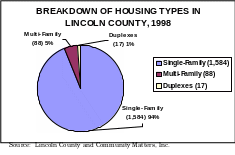 he
majority of the County’s population is white. The U.S. Census
Bureau estimated that in 1997, 89.7% of the population was white,
7.3% Hispanic and less than 3% African American, Native American or
Asian/Pacific Islanders. As with age, these population
characteristics are also affected by the prison population at the
Limon Correctional Facility.
he
majority of the County’s population is white. The U.S. Census
Bureau estimated that in 1997, 89.7% of the population was white,
7.3% Hispanic and less than 3% African American, Native American or
Asian/Pacific Islanders. As with age, these population
characteristics are also affected by the prison population at the
Limon Correctional Facility.
Housing
In 1998, Lincoln County had a total of 1,689 housing units. The overwhelming majority, 1,584, are single-family units. Eighty-eight of the dwelling units are multi-family and only 1%, or 17, are duplexes. Between 1988 and 1998 building pemits were issued for a total of 104 new homes in unincorporated Lincoln County. The majority of the permits issued – 61 of the 104 – were for mobile or manufactured homes. In Limon, 138 permits were issued for the construction of new homes. Again the majority–107 of the 134–were for mobile or manufactured homes. This number is inflated due to the construction that occurred subsequent to the 1990 tornado. In the Town of Hugo, 51 permits were issued. Thirty of the 51 permits issued were for mobile or manufactured homes.
Economy
Lincoln County’s economy, like its culture and lifestyle, is comprised of the agricultural sector and the non-agricultural sector. For decades, agriculture was the foundation of Lincoln County’s economic livelihood and remains an important element of the overall economy. In the last couple of decades, the tourist and commercial traffic along Interstate 70 has expanded retail sales, services and lodging.
T he
agricultural sector is based on the farms and ranches that not only
produce crops and livestock, but also depend on local suppliers for
goods and services. Of the 1,655,000 acres in Lincoln County,
1,648,000 acres were devoted to farming and ranching in 1997. That
same year the U.S. Department of Agriculture estimated there were 467
farms and ranches in the county with an average farm size of nearly
3,530 acres. Individuals or families owned 386 of these farms,
partnerships or corporations held 74, and 7 farms were held in an
alternative form of ownership. Indicative of the fact that many
farmers and ranchers must depend on other forms of principal income,
138 of the 386 farms were operated by those who declared other
occupations as their primary source of income.
he
agricultural sector is based on the farms and ranches that not only
produce crops and livestock, but also depend on local suppliers for
goods and services. Of the 1,655,000 acres in Lincoln County,
1,648,000 acres were devoted to farming and ranching in 1997. That
same year the U.S. Department of Agriculture estimated there were 467
farms and ranches in the county with an average farm size of nearly
3,530 acres. Individuals or families owned 386 of these farms,
partnerships or corporations held 74, and 7 farms were held in an
alternative form of ownership. Indicative of the fact that many
farmers and ranchers must depend on other forms of principal income,
138 of the 386 farms were operated by those who declared other
occupations as their primary source of income.
The market value of agricultural products sold in 1997 was $44,773,000. The value of livestock sales accounted for 67 percent, or approximately $30 million, of the total value. The primary livestock inventories include cattle and calves, sheep and lambs, and hogs and pigs. Crop sales, valued at nearly $15 million, accounted for the remaining 33 percent. Crops produced in Lincoln County consist primarily of wheat, hay, corn, sorghum, and sunflower seeds.
T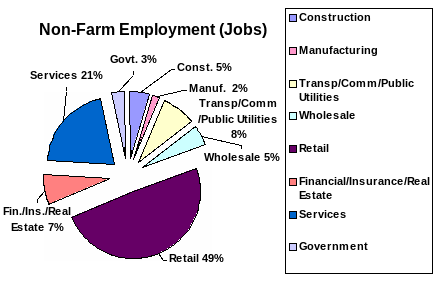 he
Colorado Department of Agriculture estimated that farms, ranches and
agricultural related businesses contributed $64 million in sales to
Lincoln County’s economy in 1992. Agri-business employed 506
people in 1992 and resulted in $26 million in income.
he
Colorado Department of Agriculture estimated that farms, ranches and
agricultural related businesses contributed $64 million in sales to
Lincoln County’s economy in 1992. Agri-business employed 506
people in 1992 and resulted in $26 million in income.
The non-farm sector of Lincoln County’s economy includes retail; government services; general services (including lodging, health and personal services); financial services; transportation, communication and public utilities; wholesale trade; construction; agri-business and manufacturing. In 1997, these industries employed 1,894 people at an average wage of $22,393.

Retail sales are another indicator of the strength of the local economy. The Colorado Department of Revenue reports that in 1993 retail sales throughout the County were valued at $99.7 million. Sales dipped in 1994 to $97.47 million, but began to rise again in 1995 to $101.7 million. By 1999, retail sales had risen to over $120 million. The distribution of these sales throughout the County reveals the importance, and relative strength, of each municipality to the local economy. In 1999, 86 percent of all retail sales occurred in the Town of Limon. That same year, 6 percent of the total sales occurred in Hugo, 1.6 percent in Arriba, less than 1 percent in Genoa, and approximately 5.5 percent in the remaining unincorporated portion of the County. While the numbers suggest that Limon businesses generate an overwhelming majority of sales in the County, businesses in the other municipalities provide necessary services to their customers.
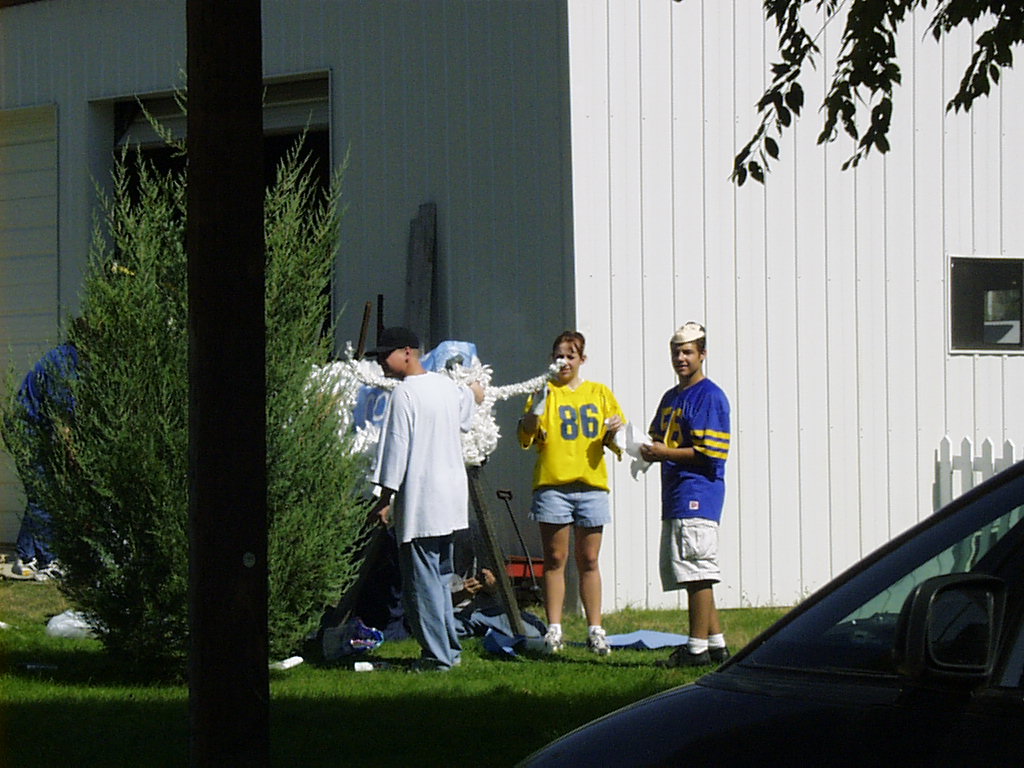
With a reasonably strong economy, 2,631 workers were employed in 1999, resulting in an unemployment rate of 1.5 percent.
Education
In Lincoln County, the education attainment levels are similar to other counties in the region. The State Department of Local Affairs estimated nearly 36% of the population have a high school diploma, and 20% have attended college. Those with Bachelors Degrees account for nearly 10% of the population, and those with post-graduate degrees approximately 3%.
|
EDUCATIONAL ATTAINMENT OF PERSONS 25 YEARS AND OLDER, 1990
|
||||||
|
|
No High School Diploma |
High School |
Some College |
Associates Degree |
Bachelors Degree |
Post Graduate Degree |
|
Lincoln County |
25.5% |
35.9% |
20% |
5.7% |
9.7% |
3.2% |
|
Region 5 |
21.3% |
35.2% |
19.8% |
7.3% |
12.2% |
4.3% |
|
Colorado |
15.6% |
26.5% |
24% |
6.9% |
18% |
9% |
Source: Colorado Division of Local Government
Seven public school districts serve Lincoln County:
Arriba-Flagler (CSD20)
Crowley (RE1J)
Edison (54JT)
Genoa-Hugo School District (C113)
Karval School District (RE23)
Limon School District (RE4J)
Miami-Yoder (JT60)
The Limon, Genoa-Hugo, Karval and Arriba-Flagler school districts accommodate the majority of Lincoln County students. The size of each district and their respective enrollments in 1998 are shown in the table below.
|
1998 Enrollment
|
Size of District (Sq. Miles) |
Elementary School |
Jr./Sr. High School |
Total |
Arriba-Flagler |
728 |
159 |
102 |
261 |
|
Genoa-Hugo |
290 |
137 |
171 |
308 |
|
Karval |
751 |
51 |
46 |
97 |
|
Limon |
248 |
303 |
345 |
648 |
Source: Colorado Department of Education
Morgan Community College operates an off-campus center located in Limon. The College provides students with the opportunity to earn Associate of Arts Degrees, Associate of Science Degrees and certificates in specific programs. In 1999, twenty-three high school students from Genoa-Hugo are enrolled at the college, 45 high school students from Limon, and 50 adults in continuing education from Lincoln County.
Community Matters, Inc. 2000
2013 COA MEMBERSHIP PROFILE COA DEMOGRAPHIC INFORMATION FEMALES 10
21 1 PROFILE PROGRAM STUDI 1 NAMA PRODI HUKUM
21 PROFILE OF FRANCE AREA 550000 SQ KM FRANCE
Tags: county =========================, lincoln county, profile, lincoln, county
- CALEIDOSCOPIO DE PLANO HIPERBÓLICO MATERIAL ARO DE UN TUBO
- RESUMEN IV JORNADAS DE MEDICINA TROPICAL CENTENARIO DEL MAESTRO
- U NIVERSIDADE ESTADUAL PAULISTA “JÚLIO DE MESQUITA FILHO” CAMPUS
- CONSUMIDORES DE ENERGÍA INFORMADOS SR DIRECTOR EN UNA ENTREVISTA
- KPP PRIEMONĖ „VIETOS PLĖTROS STRATEGIJŲ ĮGYVENDINIMAS“ PARAMOS SUTARTIES NR
- UNIVERSITY OF MANITOBA WORKPLACE LABEL PRODUCT IDENTIFIER
- 02032 CHAPTER [INSERT] PAGE 2 02 DEPARTMENT OF PROFESSIONAL
- 0 RUNNING HEAD INVESTIGATING MODS ELEFTHERION CARR INVESTIGATING MODS
- COMO DETECTAR Y ELIMINAR EL “SKYPE” (VARIANTE DEL VIRUS
- SOUTH AFRICAN WEATHER SERVICE AMENDMENT BILL 2013 COMMENTS AND
- NIAG SUBGROUP 153 (SG153) STUDY ON THE IMPLICATION CLOUD
- ICICI LOMBARD COMPLETE HEALTH INSURANCE MISC 128 ANNEXURE I
- BUILDING SPECIALISED CORPORA FROM THE WEB IN THIS WORKSHOP
- 7 B OBSERVACIONES DE LA RECLAMADA LA EMPRESA RECLAMADA
- U S P O R I A D A
- GESTION CONTRACTUAL CÓDIGO AGCFR015 VERSIÓN 03 ESTUDIOS PREVIOS MINIMA
- EXPOSICIÓN A PLOMO EN UNA FÁBRICA DE BATERÍAS
- IF PRINTED THIS DOCUMENT IS VALID ONLY ON 29112021
- FURTHER ABOVE SCALE ADVANCEMENT DATA SUMMARY (LAST NAME FIRST
- I DATE SIGN K2 CASE NFORMATION FORM FOR STAFF
- ESCALA DE FADIGA DE KRUPP ET AL ARCH NEUROL
- NZQA EXPIRING UNIT STANDARD 6345 VERSION 7 PAGE 2
- MINISTRY OF TOURISM ENVIRONMENT AND NATURAL RESOURCES THIRD NATIONAL
- PRZEDMIOTOWY SYSTEM OCENIANIA JĘZYK ANGIELSKI DLA KLAS I
- VICEPRESIDENCIA DEL GOBIERNO JAURLARITZAREN LEHENDAKARIORDETZA PASARELA DE
- COLEGIO OFICIAL DE FARMACÉUTICOS GRANADA CENTROS SOCIOSANITARIOS (CAS)
- GUÍA DE RECURSOS DE SECCIÓN 504 PARA PADRES Y
- RESOURCES HELPFUL LINKS BELOW IS A LIST
- REGULAMIN OKREŚLAJĄCY KRYTERIA WYBORU I ZASADY REKRUTACJI DO PROJEKTU
- CONDICIONES AMBIENTALES BAJO LAS CUALES SE DESARROLLARON LOS ECR
INSTRUCCIONES DE RECOGIDA DE DATOS DEL DOSIER ECOGRAFICO EL
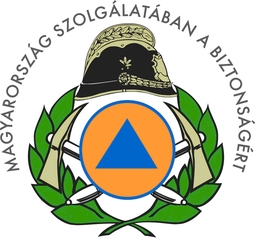 3 B ORSODABAÚJZEMPLÉN MEGYEI KATASZTRÓFAVÉDELMI IGAZGATÓSÁG MISKOLCI KATASZTRÓFAVÉDELMI KIRENDELTSÉG
3 B ORSODABAÚJZEMPLÉN MEGYEI KATASZTRÓFAVÉDELMI IGAZGATÓSÁG MISKOLCI KATASZTRÓFAVÉDELMI KIRENDELTSÉG MEMORIA DE CALIDADES ESTRUCTURA RETICULAR DE HORMIGÓN CERRAMIENTOS
MEMORIA DE CALIDADES ESTRUCTURA RETICULAR DE HORMIGÓN CERRAMIENTOS NATO UNCLASSIFIED RELEASABLE TO PFPEUMS GROUP 1 APPLICATION FOR
NATO UNCLASSIFIED RELEASABLE TO PFPEUMS GROUP 1 APPLICATION FORBÉKÉS VÁROS ÖNKORMÁNYZATA KÉPVISELŐTESTÜLETÉNEK 452015 (XI 02) ÖNKORMÁNYZATI RENDELETE
 RANNÓG OIDEACHAIS SPEISIALTA AN ROINN OIDEACHAIS & EOLAÍOCHTA COR
RANNÓG OIDEACHAIS SPEISIALTA AN ROINN OIDEACHAIS & EOLAÍOCHTA COR D ANSK RETRIEVER KLUB AFREGNINGSBILAG TIL SPORPRØVER UNDER DRK
D ANSK RETRIEVER KLUB AFREGNINGSBILAG TIL SPORPRØVER UNDER DRK KASA ROLNICZEGO UBEZPIECZENIA SPOŁECZNEGO PLACÓWKA TERENOWA W MAKOWIE
KASA ROLNICZEGO UBEZPIECZENIA SPOŁECZNEGO PLACÓWKA TERENOWA W MAKOWIE РЕПУБЛИКА СЕВЕРНА МАКЕДОНИЈА МИНИСТЕРСТВО ЗА ОБРАЗОВАНИЕ И НАУКА БР
РЕПУБЛИКА СЕВЕРНА МАКЕДОНИЈА МИНИСТЕРСТВО ЗА ОБРАЗОВАНИЕ И НАУКА БР MAS KRÁLOVSTVÍ – JESTŘEBÍ HORY O P S POD
MAS KRÁLOVSTVÍ – JESTŘEBÍ HORY O P S POD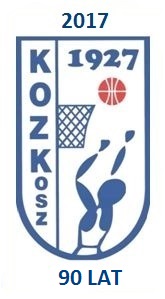 KRAKOWSKI OKRĘGOWY ZWIĄZEK KOSZYKÓWKI REGULAMIN ROZGRYWEK NA SEZON 20202021
KRAKOWSKI OKRĘGOWY ZWIĄZEK KOSZYKÓWKI REGULAMIN ROZGRYWEK NA SEZON 20202021 PRIJAVNICA NA ŠTUDIJSKI TABOR LEDINSKA IMENA V KARAVANKAH PLANINA
PRIJAVNICA NA ŠTUDIJSKI TABOR LEDINSKA IMENA V KARAVANKAH PLANINAFEASIBILITY OF INTERNATIONAL RECOGNITION OF PEST FREE AREAS (PLANT
 FICHA DE ASIGNATURA EVALUACIÓN Y ELIMINACIÓN DE LA
FICHA DE ASIGNATURA EVALUACIÓN Y ELIMINACIÓN DE LAuna Aproximación Discursiva a la Noción de Hipertexto ali
 0435ERED2
0435ERED2 EDUCACIÓN SUPERIOR ACUERDO DE APRENDIZAJE NOMBRE DEL ESTUDIANTE ACUERDO
EDUCACIÓN SUPERIOR ACUERDO DE APRENDIZAJE NOMBRE DEL ESTUDIANTE ACUERDO2 AL INSTITUTO ARAGONES DEL AGUA (OFICINA DE GESTIÓN
FAMILIES MOVING FORWARD FACILITY MANAGER JOB DESCRIPTION BACKGROUND FAMILIES
ONLINE REGISTRATION FOR THE XXXVIII REGULAR SESSION OF THE